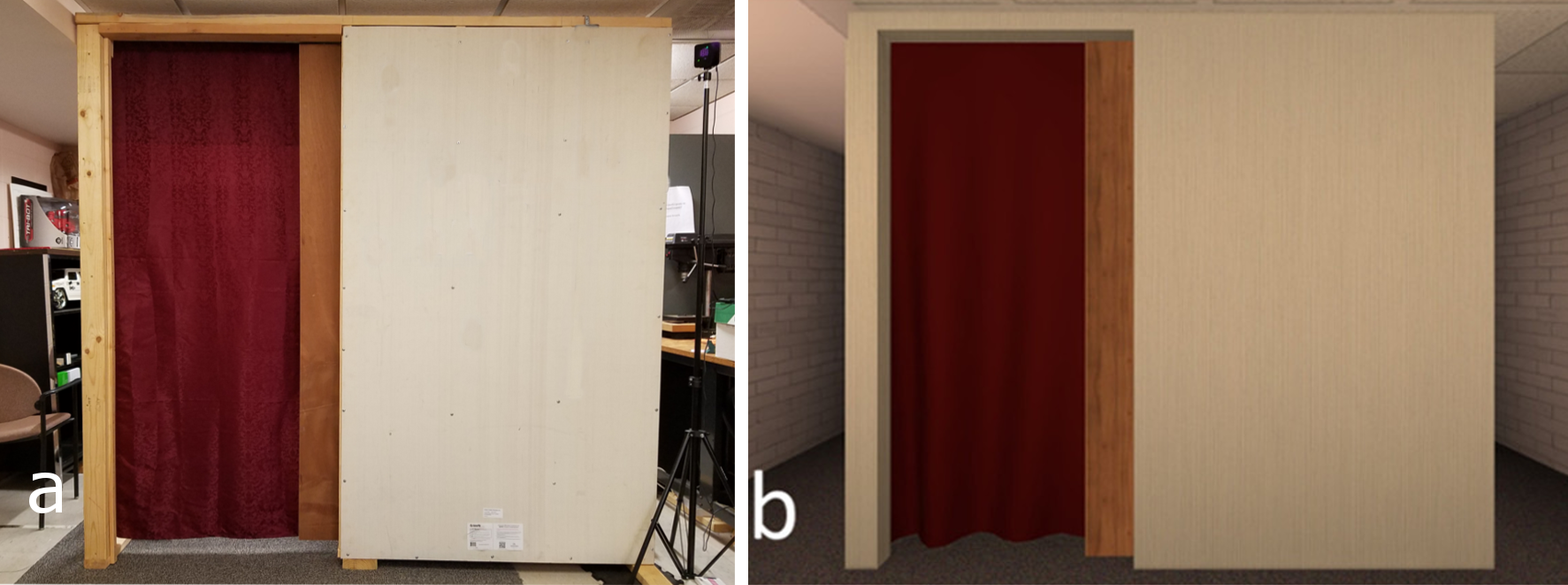| About Me |
| Publications |
| Projects |
| Contact Me |
Virtual Reality experiences often showcase highly realistic 3D environments, intuitive interactions and unique avatar embodiment scenarios. Maintaining immersion in such environments for a quality experience requires perceiving properties of the immersive virtual environment (IVE) veridically. This is necessary as users interpret spatial information like size, depth and distance from the optic flow provided by the 3D structure of environment to make estimates and affordance judgments like stepping over obstacles, passing through gaps, etc. However, this information is interpreted differently as compared to the real world while viewing virtual environments in Head-Mounted Displays (HMD) as reported by previous literature. Moreover, the literature suggests that estimates and affordance judgments are affected by the properties and the nature of the avatar embodied by the user in the environment. Therefore, to provide users with the finest experiences it is crucial to understand the interaction between the embodied self and the action capabilities afforded by the virtual environment.
To this end, in a series of past and ongoing research studies, I aim to explore the effect of gender-matched body-scaled self-avatars on the user’s perception of affordances, investigate the effect of self-avatars on the perception of size of objects in an immersive virtual environment (IVE) and how this perception affects the actions one can perform in comparison to the real world. The investigations involve the use of tracking technology and graphic displays to investigate the perceived differences between real world environments and their virtual counterparts shedding light on how the above mentioned properties of the environment and the embodied self-avatars affect affordances by means of passability judgments. The setup employs techniques for creation and mapping of real world environments in VR and the creation of gender-matched body-scaled self-avatars that provide real time full-body tracking.
Further details about the studies and the techniques employed will soon follow.
 Figure shows a particular aperture width in the real world (a) and the virtual world (b)
Figure shows a particular aperture width in the real world (a) and the virtual world (b) Examples of male and female body-scaled self-avatars used for the experiment
Examples of male and female body-scaled self-avatars used for the experiment